Surgical Stent
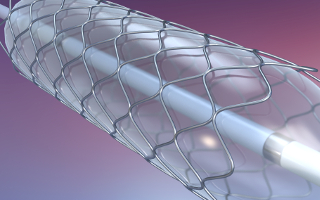
Stents are wireframe scaffolds, used to hold narrowed arteries open.
Surface condition of the stent is very important and SIMS can be used to examine the nanometre thick protective chromium dioxide layer which naturally forms on the material.
Related Products
Stents are wireframe scaffolds, typically laser cut from stainless steel, use to hold narrowed arteries open. Inserted via a catheter, the mesh is placed in the narrow area and expanded using a small balloon which is then withdrawn.
Surface condition of the stent is very important, and SIMS can be used to examine the nanometre thick protective chromium dioxide layer which naturally forms on the material. The depth profiles below show how treating with a chlorine-based disinfecting product leaves the surface iron rich and open to corrosion, potentially causing failure or tissue damage.
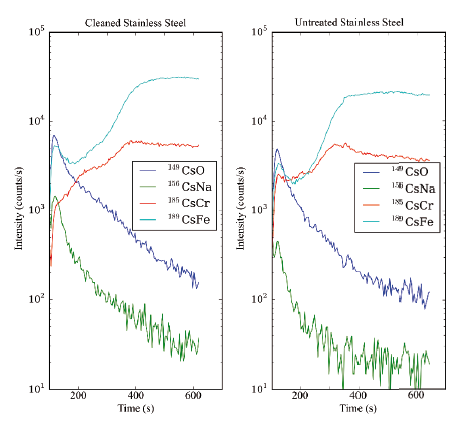
Limit of Detection
SIMS is the surface analysis technique with the best limit of detection (LOD), often providing ppm and even ppb measurement. If no interfering signals are present, the actual limit of detection depends on the ionisation probability of the sought species, the transmission of the instrument and the analyte volume. Thus, as first two parameters are fixed, if the volume is very small, there will be insufficient atoms present for detection. By collecting the data as images, the pixel sizes can be summed laterally or over a number of cycles to effectively increase the analyte volume and improve the LOD. This means that lateral and depth resolutions can be mutually traded to optimise an analysis for the most desirable parameter.
Ion Beam Polarity and Chemistry
The secondary ions emitted from the specimen usually have a favoured polarity. For instance, alkali metals are emitted as positive ions and halogens as negative. The probability of ion formation is also enhanced by using oxygen for electropositive elements and caesium for electronegative elements. In addition, caesium can be used in the CsM+ mode, where the element of interest, M, is detected as a molecule with Cs. The CsM+ mode is an excellent means of detecting and quantifying metal oxides and other materials where both electropositive and electronegative elements are sought.
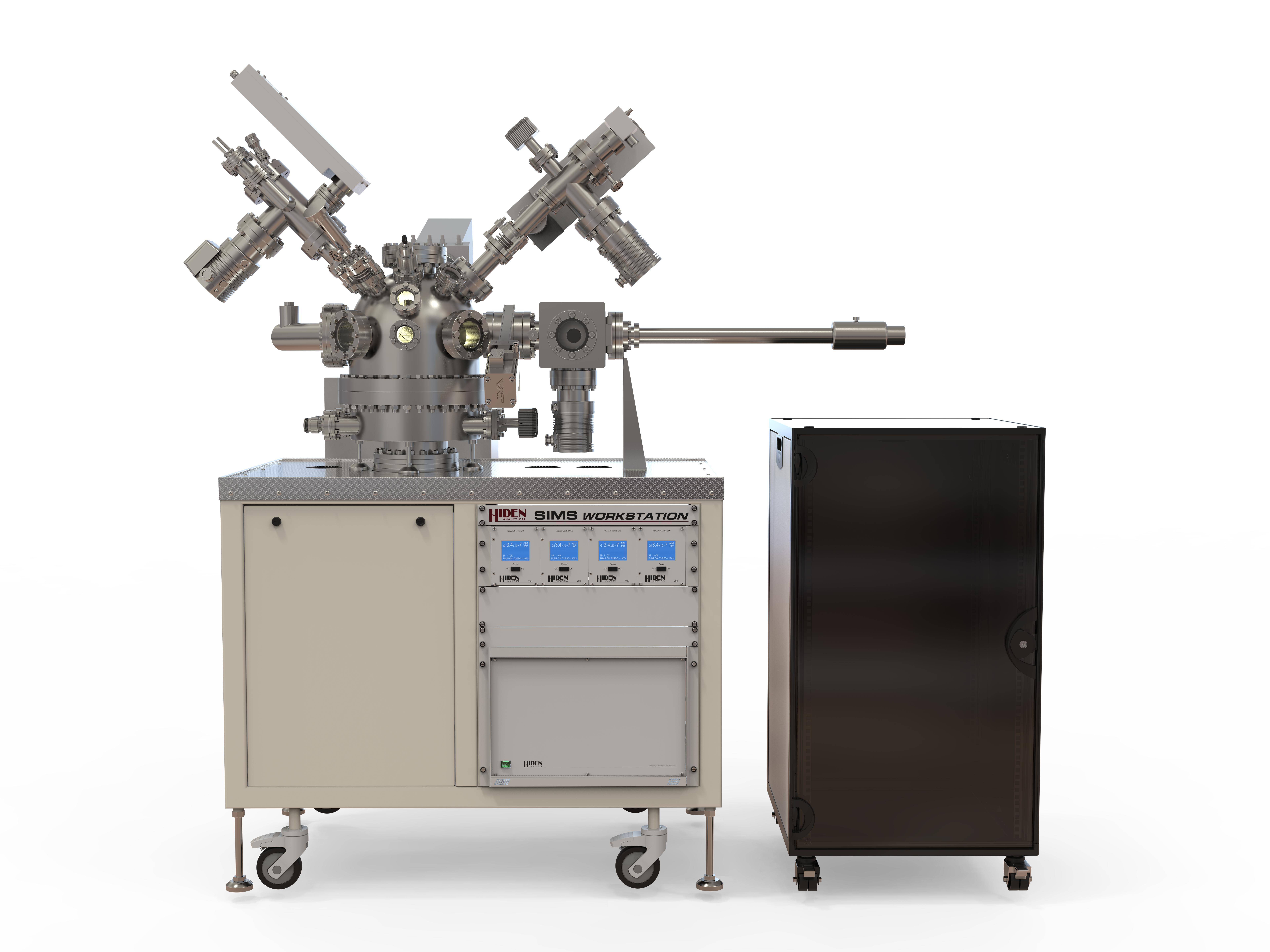
Stents may be coated with polymer layers for protection or to elute drugs into the region to prevent future blockage. Static SIMS can detect and characterise this layer.
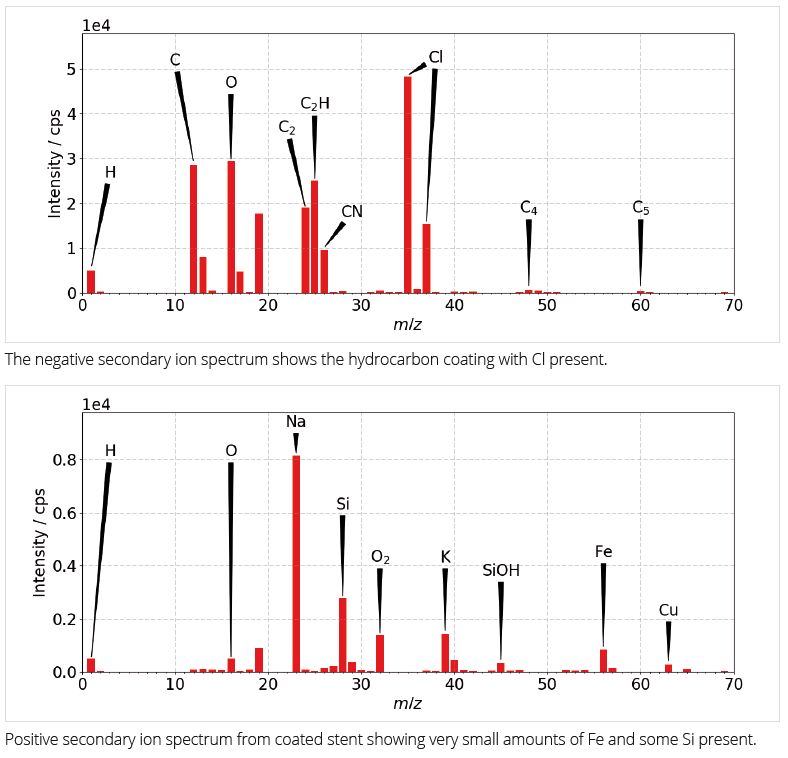
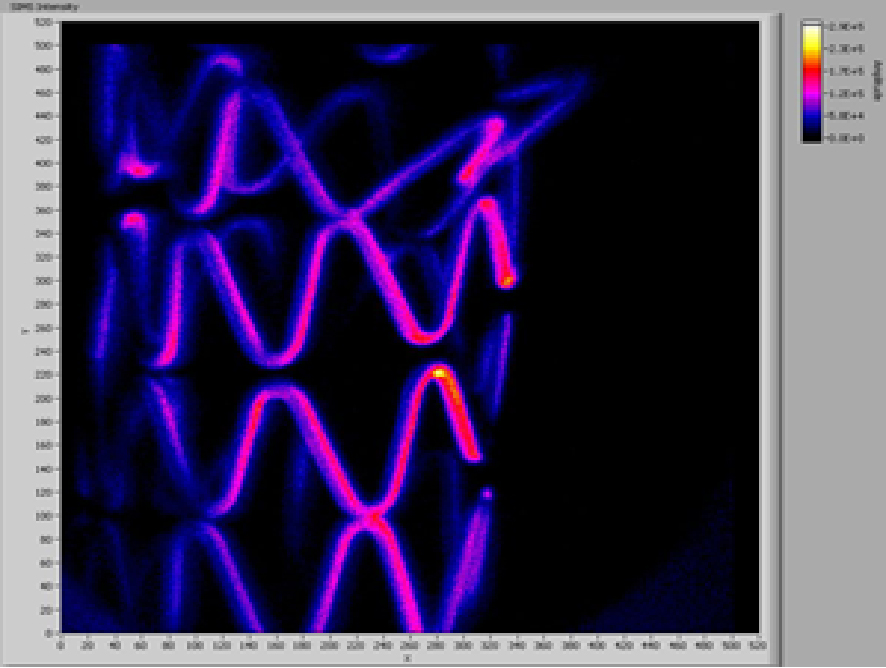 |
Negative secondary ion image of the coated stent displays a very unifrom polymer layer |
FIB – SIMS | Focussed Ion Beam Secondary Ion Mass Spectrometry
Hiden Compact SIMS Mass Spectrometry in solid material
Hiden SIMS | Analytical Secondary Ion Mass Spectrometry Products
Low Energy Ne Scattering from Metal Surfaces using MARISS
High Five: UHV SIMS with Plasma Primary & Simultaneous Positive and Negative Secondary Ion Detection
Contaminant Analysis with Hiden Surface Analyzers
What is Surface Interface Analysis?
Mass Spectrometers for Silicon Semiconductor Analysis
Surface Analysis Products from Hiden Analytical
How to Analyse the Top Nano Layers of a Material

